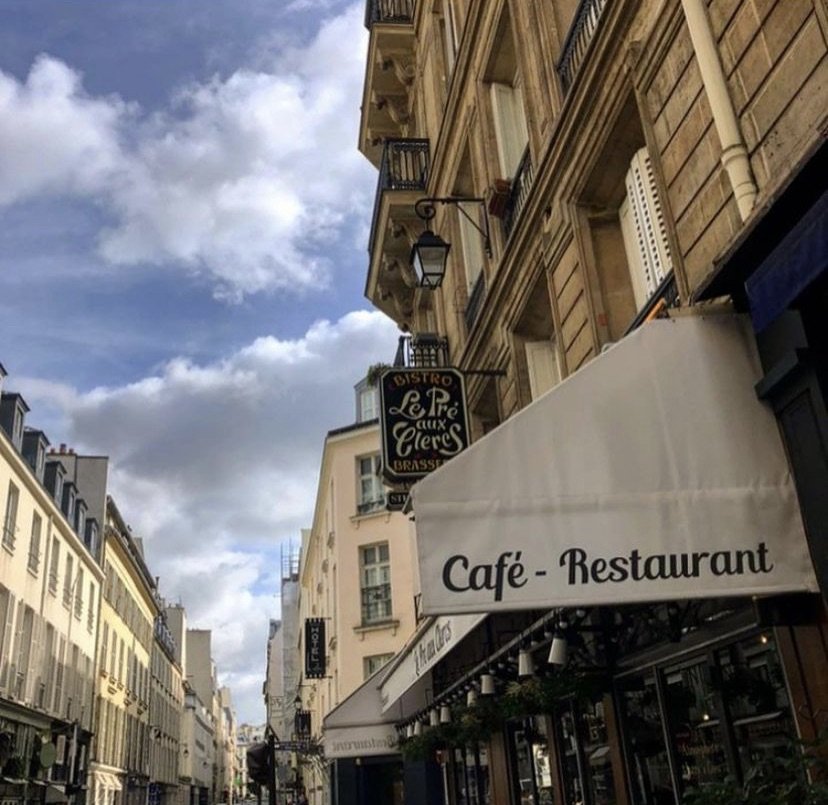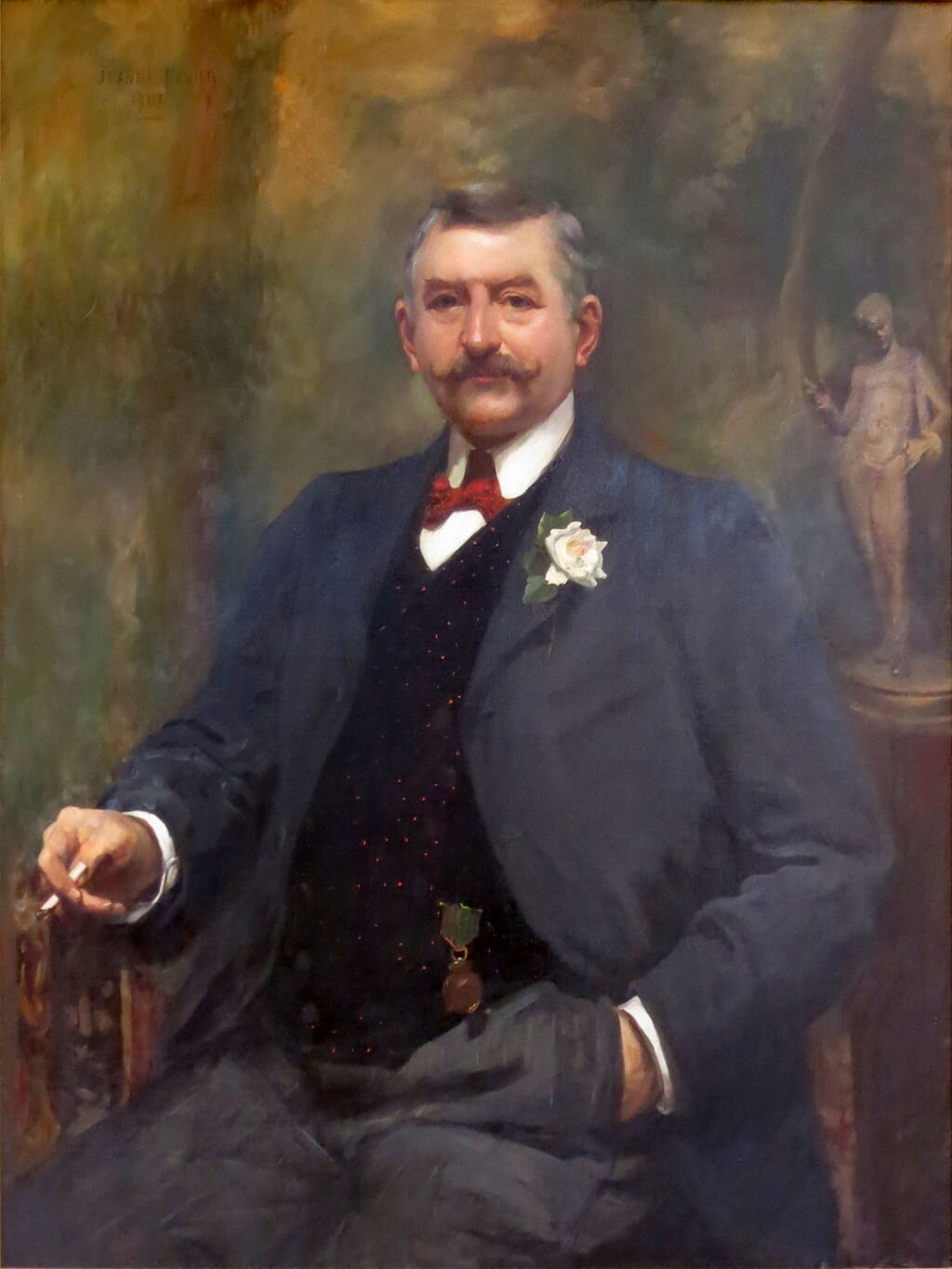Paris itself is a living museum. Filled with over 150 museums and the streets that ooze with history and architecture spanning centuries. Before we had my beloved Musée du Louvre we had the churches that filled their walls with art from some of the biggest artists of the time. The Louvre opened in 1793 and over three hundred years before Notre Dame de Paris opened its doors.
Art of the past was very different then it is now. Today it is just as much about the artist itself sometimes selling for millions of dollars just because of their name. Centuries ago the only way for an artist to be seen was in the churches and the Salons. For this we are very lucky and you can see some of the greatest French painters for free by just popping into a few of the churches in Paris.
In the newest episode of Paris History Avec a Hemingway on La Vie Creative podcast we talk about many of the ones you should search out when you arrive. You can discover the painter of Louis XIV Charles Le Brun in Saint Nicolas du Chardonnet where he was also laid to rest. The designer of Vaux le Vicomte was appointed by the king to bring the vision of Versailles to life as well as the Galerie d’Apollon in the Louvre where you can find another master.
Just off Boulevard Saint Germain is the Latin Quarter church of Saint-Nicolas-du-Chardonnet and is a treasure trove of art. Charles Le Brun’s 1862 The Martyrdom of Saint John the Evangelist is striking and was a departure from the usual way the saint was depicted. The painting shows the saint John being lifted by a rope towards the vat of boiling oil while the executioner blows on the fire below. Humanizing the Saint for the first time by showing his full body it gave the painting movement and life.
Eugene Delacroix was the leader of the Romantic movement and believed the best way for an artist to be remembered was to hang large scale pieces in public spaces.
Follow down Rue de Turenne for a few minutes and you will reach the gem of Rue Saint Antoine. The Italian and French Gothic church with its red doors is not to be overlooked. The inside is beautiful with its high dome, stonework, statues and chandeliers. In 1824 Delacroix was commissioned to create a painting for the Eglise Saint Paul Saint Louis. On the left of the transept above the door is Delacroix’s Le Christ au Jardin des Olivers shows why he is the master of Romanticism. It shows Christ pushing back three angels that are hanging their head in sadness, which is a slight change from the printed word. It was his liberal use of the biblical text and the changing of the story he would continue in all his religious pieces.
Often overlooked in the bustling Le Marais is the Saint-Denys-du-Saint-Sacrement church. This was the first public commission for a religious mural for Delacroix in 1840. The familiar scene of La Pietà depicting the body of Christ in the arms of the Virgin after he is pulled down from the cross, was painted directly onto the wall of the Saint Genevieve chapel. Using bright colors for the figures and placing them in the foreground of the painting give it even more depth and emotion.
You can’t mention Delacroix without a visit to the largest church on the Left Bank, Saint-Sulpice where we will find his finest of religious paintings that remain today. Just inside the door to the right in the Chapel of the Holy Angels where Delacroix was given free reign of the paintings, the only stipulation was that they referred to the subject of angels. For the two walls he chose; Jacob Wrestling the Angel on the left, and on the right Heliodurus Driven from the Temple. Painted directly onto the walls with a medium mixed with wax and oil, it would take him over three years to complete. Hanging above is the beautiful Saint Michael Defeats the Devil, painted on a canvas and later secured into place. Each of these three works is filled with symbolism and even some small features that are more reminiscent of modern times than that of biblical. A restoration was completed in 2017 where the layers of the years were removed so they can now be seen in all their glory.
Located in the 7th arrondissement is the Second Empire Neo-Byzantine church, St-François-Xavier. From the outside, it is not the most interesting of facades, but do not let that stop you. Inside you will lay your eyes on one of the greatest pieces by the Italian painter of the Venetian school, Jacopo Tintoretto. The Last Supper by Tintoretto was an image he painted many times, refining it along the way. Unlike the Leonard da Vinci version, Le Tintoret, as he is known in France, decided to gather the Apostles around a square table. It gives you the perspective that you are looking at them gathered from a hidden vantage point. A gift to the church in 1905, it can be seen today hanging in the wedding sacristy.
Before the fire at the highly visited Notre Dame de Paris, you could find a few of the greatest examples of French religious paintings. Tucked away in the very first chapel of Saint Éloi was a painting by Charles Le Brun, the official court painter of Louis XIV who would be instrumental in the construction of Versailles. The Stoning of Saint-Etienne and his other painting The Crucifixion of Sainte André are part of the collection called Les Mays. Between 1630-1707 the Saint Anne guild of Parisian goldsmiths commissioned paintings to be donated to the churches by some of the great 17th century French painters. While some of Les Mays have been removed and placed into museums, Notre Dame de Paris still holds most of these masterpieces that often go unnoticed. They all survived the fire and are currently being restored and cleaned after decades of candle soot and dust and might go on display in the Louvre for display before returning Notre Dame
Listen to the newest episode to hear all about these paintings and more.















































































